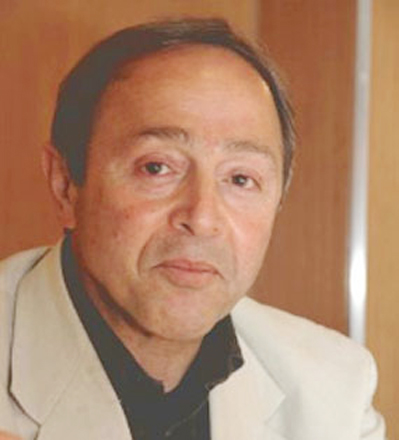Azerbaijan, Baku, Sept. 23 / Trend , D.Khatinoglu/
There are not any significant changes in Iran's centrifuges, believes the Iranian expert acting in Britain.
The IRNA news agency quoted the head of the Atomic Energy Organization of Iran, as saying that the country has created a new type of centrifuge. "We tested a new type of centrifuges, a cascade of 10 pieces - and prepared a plan for a large production of this kind of centrifuge," the Head of the Atomic Energy Organization of Iran, Ali Akbar Salehi, said at a news conference in Tehran on Sept. 22.
Salehi did not say what the new centrifuges are different from previous ones, but a British Expert Reza Taghizadeh believes that, although the type of metal of the cover, rotors and needle have changed, but profound changes has not occurred in the centrifuges.
"Centrifuge, as before, operates via the method of gas-filling," the British Professor of the University of Glasgow, Taghizadeh said to Trend on Sept. 23 in a telephone conversation from London.
So far, Iran has produced three types of centrifuges, and they all operate according to the method of gas-filling (filled with uranium gas - UF6). The first type of centrifuge is made of aluminum alloy, the second - of the maraging steel, and a third, according to Taghizadeh, from graphite.
Given the limit to sell maraging steel on the international market and a lack of Iran's industrial development to produce this type of alloy rotors (rotary engines), needles, and metal structures are made of graphite, Taghizadeh said
So far, he said, graphite in Iran has used to manufacture heads of missiles.
Maraging steel is stainless steel, which is also used in manufacturing an aircraft. Given that the UF6 (Uranium hexafluoride) contributes to the rapid corrode metals, it should be noted that resistance to corrode the graphite is higher than the maraging steel by three times, also quite small compared to friction of graphite. Thus, it is able to enrich for a short time an even greater number of uranium gas (separates isotopes).
Production of metal, used in the structure of the centrifuge, is fairly easy process, the main problem is connected with the import of motor, needles, and, in general, 120 centrifuge parts, said Taghizadeh.
According to the Iranian expert, Iran cannot produce centrifuges on an industrial scale, and centrifuge parts are manufactured in different plants. Moreover, for five years Iran has produced only 6,000 centrifuges and uranium enrichment on an industrial scale requires 60,000, which takes about 40 years, he said.
According to the recent IAEA report, Iran has enriched 1.5 tons (4.5 percent) of uranium of low level and 8,300 centrifuges have been installed at the Natanz nuclear plant.






